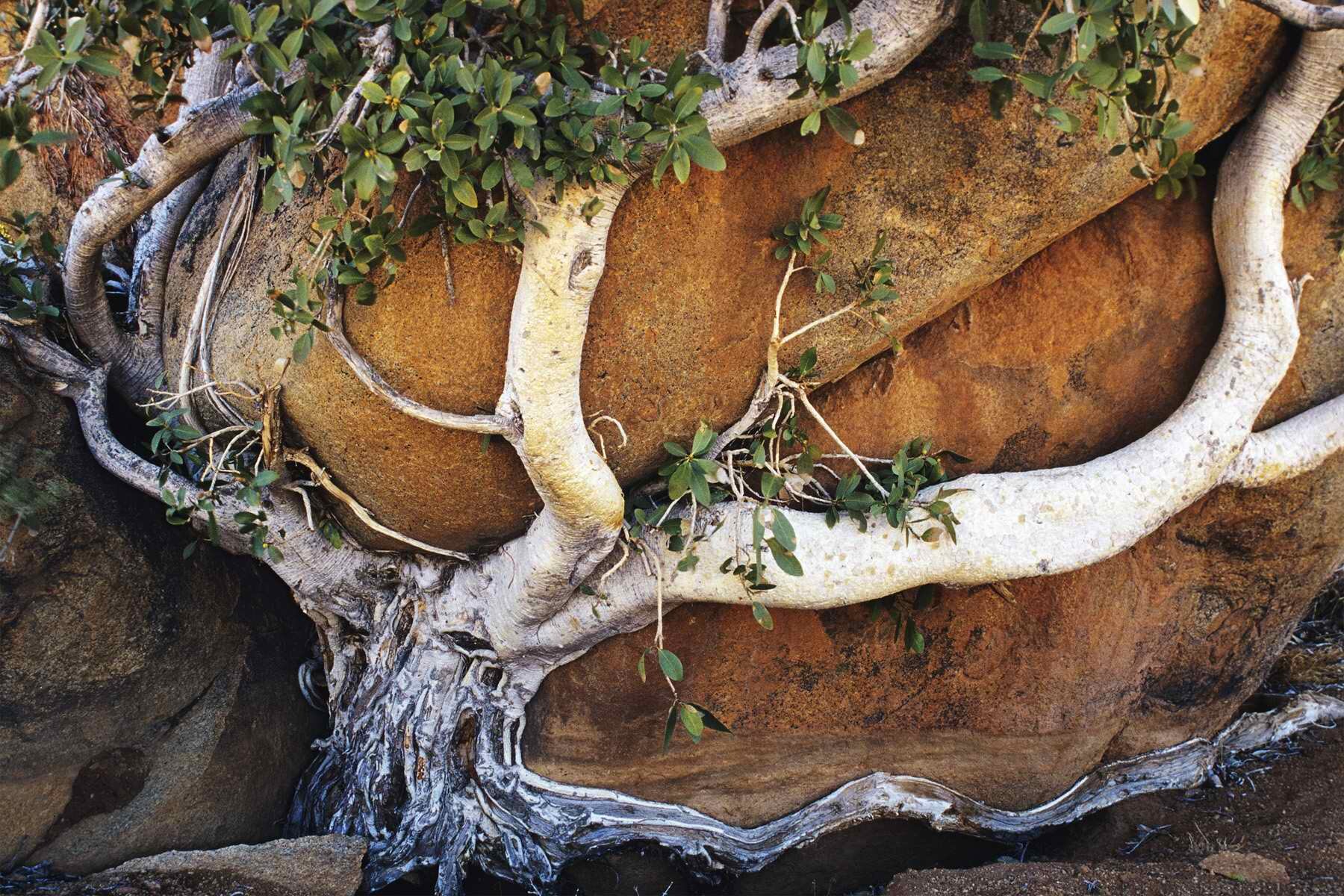Freeman Patterson
Freeman Patterson is an internationally recognized photographer, teacher of visual design, and writer. His books include Namaqualand: Garden of the Gods; Portraits of Earth; Shadowlight; Odysseys, Meditations and Thoughts for a Life’s Journey; The Garden; Canada: A Year of the Land (major contributor); Between Friends/Entre Amis (major contributor), and many instructional books on the subject of photography and visual design. He received a Master’s Degree in divinity from Union Theological Seminary at Columbia University.
Through the years, Freeman has received numerous awards and honors, including Gold Medals for distinguished contributions to photography from Canada’s National Association for Photographic Art and The National Film Board of Canada. In 1985, Freeman was awarded The Order of Canada, and in 1990 he received the Progress Medal, the highest award offered by the Photographic Society of America (other recipients include Ansel Adams, Eliot Porter, and Jacques Cousteau). In 1995 he received a Fellowship in the Photographic Society of South Africa and shortly thereafter, a Fellowship in The Nature Photographic Society of New Zealand, and a Lifetime Achievement Award from the North American Nature Photographic Association. He is a member of the Royal Canadian Academy of Arts (RCA), and his photographic images have been accepted into the permanent collection of the National Gallery of Canada.
From September 2013 to mid-January 2014 the Beaverbrook Art Gallery, Fredericton, New Brunswick, mounted a large retrospective exhibition (115 prints) of Freeman’s work, curated by Tom Smart. The exhibition, entitled Embracing Creation, was accompanied by a major publication by the same name (235 pages, 125 prints, 12 essays by Freeman, and a major essay on Freeman’s artistic career by the curator, Tom Smart). Freeman continues to teach and he produces a quarterly periodical which can be found on his website, FreemanPatterson.com.
Key Note Address - “Snake Eyes”
Every artist is, first of all, a craftsperson thoroughly knowledgeable about the materials, tools, and techniques of his or her particular medium and skilled in using many of them.
However, in my view, no amount of technical knowledge and competence is, in and of itself, sufficient to make a craftsperson into an artist. That requires caring—passionate caring about ultimate things. As I see it, there is a close connection between art and religion in the sense that both are concerned about questions of meaning—if not about the meaning of existence in general, then certainly about the meaning of one’s individual life and how a person relates to his or her total community/environment. This is not to say that every work of art is or should be a heavily profound statement (indeed many may be light-hearted) but rather that consciously and unconsciously an artist engaged in serious work is always exploring the question: “What really matters?”
For me, answering that question means recognizing the factors that produced and shaped my life. I cannot escape dealing with these things if I am to live creatively as a human being or, to put it another way, if I am to take control of and maintain the integrity of my own life. Photography (and, more generally, visual design) has been my enabling medium.
In the broadest sense, I photograph Nature, which includes human beings. Growing up in a rural community, I was surrounded by natural things. Unlike a child in a totally urban environment, I made friends not only with other children but also with wild and domesticated animals, plants of every sort, brooks and waterfalls, rocks, and sand. I listened to the wind-chiming of ice-covered branches in winter, wandered through spring’s greening fields, splashed about for minnows in the river, and gathered bouquets of autumn leaves.
However, the obviously beautiful in my environment was balanced by other realities. I saw the food chain operating, experienced the effects of droughts and floods, and daily observed the process of aging. When my little sister died, the loss I felt was assuaged by my having learned early that this happens to everyone and everything.
I believe that the ability of human beings to be creative depends fundamentally on the health and well-being of our biosphere, the few kilometers of air, water, and soil that surround our planet like the skin of an apple. Quite simply, they are the physical and spiritual bases of our lives and the only source of materials and tools that enable us to express our responses to questions and feelings about ultimate things. Creation and creativity are inextricably linked.
This awareness now forms the central core of my work. The abstracting of visual elements in order to recognize their particularity has become automatic, but seeing, combining, and creating them as integrated “wholes” will remain a life-long challenge.



